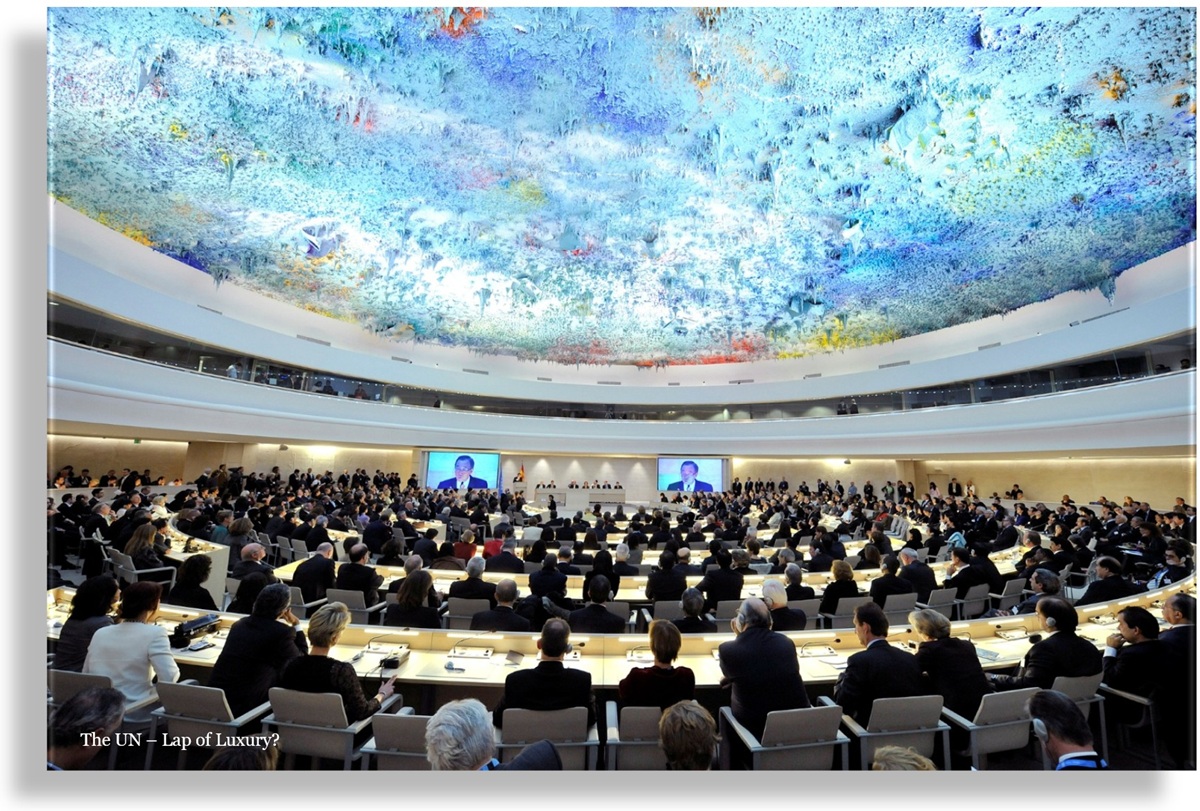
Strategic Decision-Making – The Balancing Act
Strategic Decision-Making
The Balancing Act
Strategic decision-making is often likened to walking a tightrope, where every step requires precision, balance, and unwavering focus. In leadership, making decisions is not just about choosing a path; it’s about choosing the right path at the right time, a process that requires both the analytical rigor of science and the intuitive flair of art. Just as a tightrope walker must carefully calculate each move to avoid a fall, a leader must weigh their options meticulously, considering both immediate outcomes and long-term implications.
In the high stakes of leadership, rushing into decisions can be as perilous as hesitating too long. The best leaders understand that haste often leads to missteps, while undue delay can cause missed opportunities. Strategic decision-making is not a race but a deliberate process that involves gathering comprehensive information, engaging with key stakeholders, and thoroughly analyzing the situation. This approach does not indicate indecision; rather, it reflects a strategic mindset that seeks to maximize the chances of success by considering all possible angles.
At the core of strategic decision-making is the recognition that every decision carries weight and has the potential to set off a chain of consequences. A leader who rushes into a decision without sufficient understanding of the situation risks destabilizing the entire organization, much like a tightrope walker who misjudges a step risks plummeting to the ground. Conversely, a leader who carefully assesses the situation gathers relevant data, and consults with their team is more likely to make decisions that not only address the immediate issue but also align with the organization’s broader goals.
This balancing act also extends to understanding the organization’s internal dynamics and the external environment. Leaders must possess a deep knowledge of their organization’s strengths and weaknesses, ensuring that decisions leverage existing capabilities while addressing any vulnerabilities. Additionally, they must remain attuned to shifts in the marketplace, changes in consumer behavior, and emerging trends. This external awareness enables leaders to make informed decisions that are not only relevant today but also sustainable in the future.
The metaphor of walking a tightrope encapsulates the essence of strategic decision-making: the need to maintain equilibrium in the face of complexity. Just as a tightrope walker must balance their body with precision to reach the other side, a leader must balance multiple factors—organizational priorities, stakeholder interests, and market conditions—while keeping their eyes fixed on the ultimate goal. This delicate balancing act requires careful planning, continuous assessment, and the ability to adapt to new information as it arises.
Moreover, strategic decision-making is not a solitary endeavor. It involves collaboration and input from various stakeholders, each bringing unique perspectives that can help inform the decision. Leaders who foster a culture of open dialogue and inclusion are better positioned to make well-rounded decisions. This collective wisdom acts as a stabilizing force, much like the pole that a tightrope walker uses to maintain balance. By drawing on the knowledge and expertise of their team, leaders can navigate the complexities of their environment with greater confidence and poise.
However, strategic decision-making also demands the courage to act when the time is right. A leader who spends too much time deliberating risks losing momentum, just as a tightrope walker who hesitates too long risks losing balance. There comes a moment when the analysis must give way to action, when the leader must step forward with conviction, trusting in their preparation and judgment. This is where the art of decision-making truly comes into play—knowing when to act decisively and when to hold back.
Strategic decision-making is a balancing act that requires leaders to carefully weigh their options, maintain focus on long-term goals, and navigate the complexities of their environment with skill and precision. Like a tightrope walker inching forward with each calculated step, leaders must balance the demands of the present with the uncertainties of the future, all while keeping their organization on a steady course toward success. When done effectively, strategic decision-making not only guides an organization through challenges but also positions it to seize opportunities with confidence and clarity.
- Welcome to the Age of Information Overload - January 14, 2025
- Beyond Redemption: The Repetition of Humanitarian Failures in Africa and Beyond - January 14, 2025
- The Art of Timing in Decision-Making - December 24, 2024






